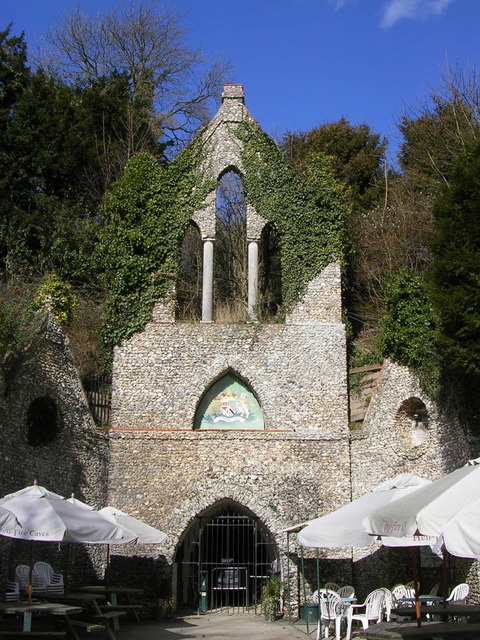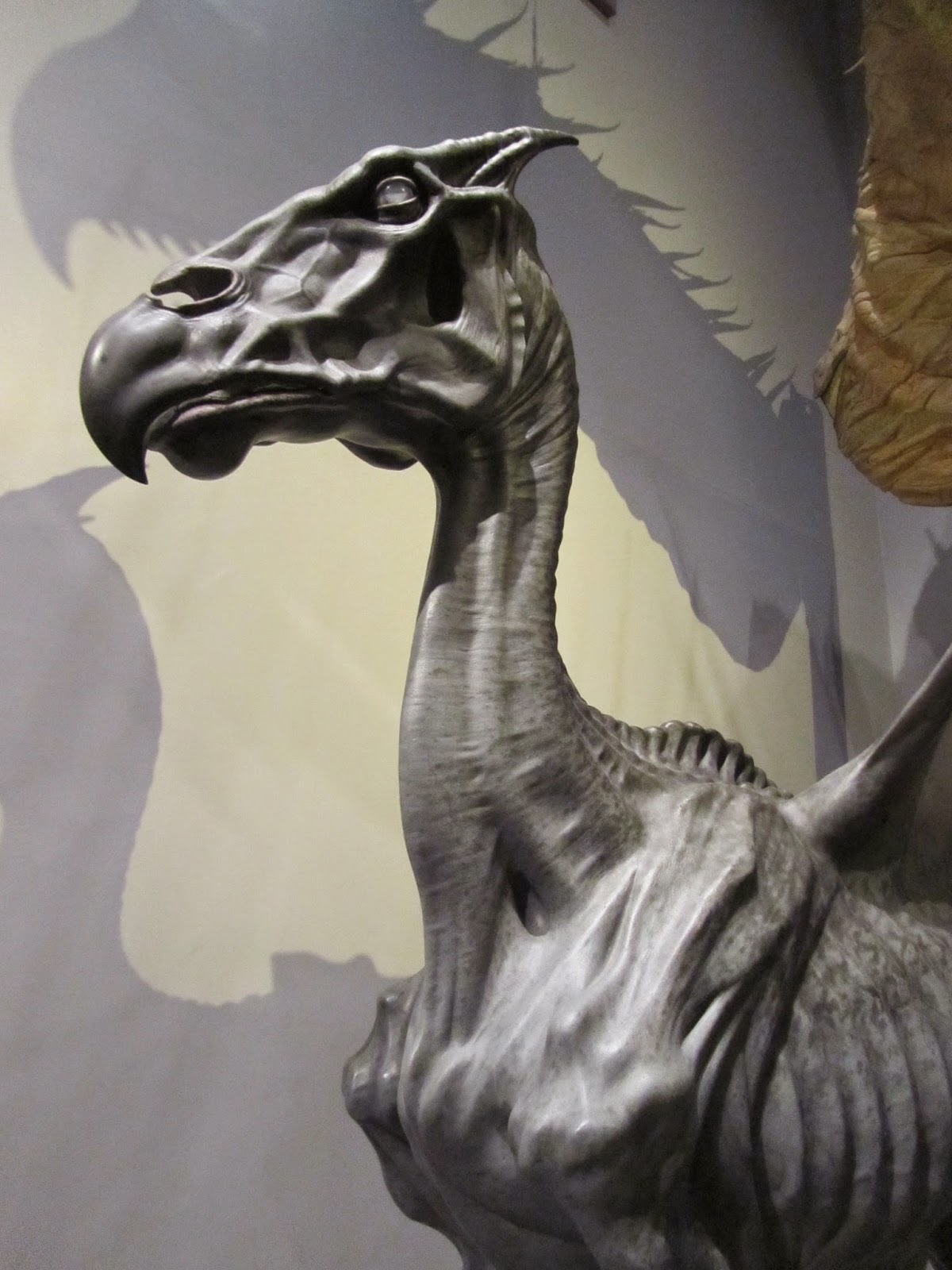I did!
Well, we did! And I'm delighted to be in such company :-)
The brand new anthology Who Thrilled Cock Robin is out now from House of Erotica, and my male-sub story More Meat is one of eight stories therein based on traditional folk songs.
Folk ballads are awesome triggers for stories, because - as I discovered in my teens - they are basically all about sex and death. Often both at the same time.
Here's the full lineup:
It's also on sale as an e-book from All Romance
- Widicombe Woods - Vanessa De Sade
- My True Love’s Ring - Zak Jane Keir
- More Meat - Janine Ashbless
- Lord Bateman - Slave Nano
- Clementine - Aishling Morgan
- Halewijn’s Song - Elizabeth Coldwell
- Broadstairs Bloke Week - Helen J Perry
- The Wyrm - JM Kaye
and as both a Kindle download and a POD paperback from Amazon US : Amazon UK
Would you like your appetite whetted? Here's Sallyanne Rogers' introduction:
"Defining what folk music actually is, is nearly as difficult as deciding what actually makes a story erotica rather than romance, horror, sci-fi or literary fiction. Is it the subject matter? The instruments it’s played on? The language used? While folk music tends to consist of songs which have been passed down orally for so many generations that their original composers are unknown (but bands like the Levellers are often described as ‘modern folk’), and erotica tends to have quite a lot of explicitly described sexual activity, the boundaries still blur. People tend to fall back on claiming that they’ll know it when they come across it.
"The eight stories that make up this collection are all, broadly speaking, erotica and the songs they relate to are all, broadly speaking, folk songs. Some are light-hearted bawdy romps; one is a gentle, almost traditional romance; a couple are dark, twisted and just a little scary. Authors were given free reign to choose a song that they reckoned fell into the folk category, and then to see what kind of story they came up with. So there’s a gloriously eclectic mix on offer: present-day realism, paranormal, historical, LGBT, heterosexual, kinky or vanilla.
Vanessa de Sade picked the most contemporary piece of music: her story Widicombe Woods was inspired by "Widicombe Fair," a modern take on the traditional ballad by Max Scratchmann and Michael Dyer, where a maiden has good reason to take drastic action rather than be married off to an unsuitable man.
My True Love’s Ring, by Zak Jane Keir, gives a BDSM-style makeover to a song variously known as "Sovai," "Sovay," "Cecilia" or "The Female Highwayman," in which a woman who doubts her lover’s commitment decides to put him to the test with a spot of cross-dressing.
An unsettling and memorable reworking of "King Henry," one of the Child Ballads, pits Henry I against the terrifying dark goddess Erecura in Janine Ashbless’s More Meat, while Lord Bateman, a tale of an imprisoned crusader and the woman who sets him free, was sparked off by Jim Moray’s version of the old song with the same name according to Slave Nano.
Probably the best-known song drawn on for this anthology is Clementine, whose unfortunate heroine was chosen by Aishling Morgan for some 21st century full-tilt filthy fun. Elizabeth Coldwell offers a story based on "Heer Halewijn," one of the earliest folk songs in existence. The original is in Dutch, and there is an English song on an identical theme known as "Lady Isabel and the Elf Knight." In Halewijn’s Song, a resourceful heroine outwits a murderous elf-lord but only after she’s had her fun with him.
Broadstairs Bloke Week, by Helen J Perry, not only has its roots in "The House Carpenter," sometimes called "The Daemon Lover" but also makes affectionate mention of the thoroughly real Broadstairs Folk Week. Finally, J M Kaye picks another Child Ballad, "Alison Gross," as the starting point for The Wyrm, featuring an overly arrogant young man who gets more than he bargained for when he wanders into the path of a witch with evil intentions.
Child Ballads, it’s perhaps worth mentioning, are not specifically for or about children, but are a hugely comprehensive collection of folk songs amassed and published by one Francis James Child over a century ago. I must also mention that the original idea of doing an anthology based on folk songs came from Slave Nano and to him and all my other authors I extend my thanks.
To you, dear readers, I extend an invitation to slip between these pages with a song in your heart, as soon enough you should have your hand in your pants as well."

















































